Lighting Controls
Deliver Light When You Need It and Energy Savings When You Don’t

Businesses, schools and government facilities spend thousands of dollars each month to light unoccupied rooms, offices, warehouses and more. They spend still more to operate lights in areas that are already bright from natural light. Engineered Controls lighting controls solution can make lighting much more efficient.
Our lighting controls solution offers smart scheduling, presence detection and photocells to ensure lights aren’t left burning in vacant areas and that lights are off in areas where there is already plenty of natural light. It all adds up to truly significant energy savings as a standalone solution or as part of an overall integrated energy management plan that can integrate lighting control with Honeywell heating, ventilation and air conditioning (HVAC), security and building automation system (BAS) products.
New lighting technologies such as LED fixtures with 0-10v dimming open up lighting control to HVAC contractors to deliver daylight harvesting, demand response and task tuning strategies that previously required expensive, proprietary lighting control equipment.
Building a Lighting Strategy
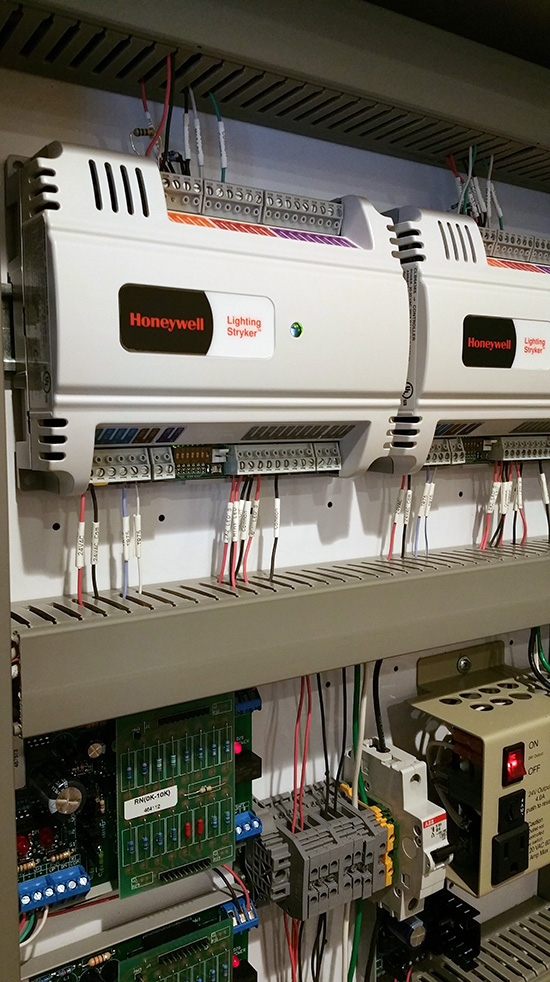
Did you know that fewer than 10% of commercial buildings in North America have Lighting Control systems?
Lighting control is one of the easiest ways to save on energy costs. The right lighting control solution can slash your lighting costs by 40% compared to traditional systems. The goal of a well-designed lighting control system is to reduce energy consumption while providing adequate light for the task at hand.
Whether it is a simple zone control system allowing the lighting to turn on when sensing the presence of people or a more comprehensive daylight harvesting lighting control systems for a multi-building enterprise solution, Engineered Controls has the experience to design and install a lighting control system to meet your specific needs.
Key Lighting Control Strategies
Different areas of a building have different lighting needs. A large open office space might need the lights on all day, but could save energy by turning most of the lights off at night. Lighting in a conference room that is only used intermittently could be turned off until someone enters the room. Areas near windows can take advantage of natural daylight by dimming lights during the day. Each of these lighting zones can be managed with one or more lighting strategies.
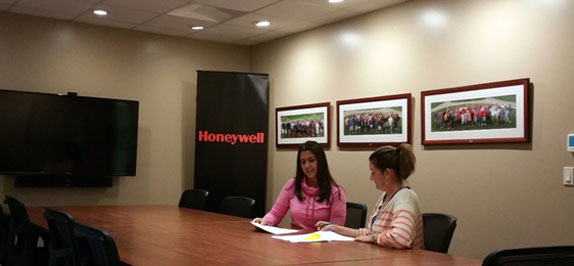
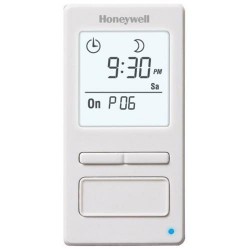
A smart scheduling system for lighting controls manages light levels based on time of day and day of the week. A typical open office space or retail business might have all lights on during business hours and rely on switches and vacancy detectors after hours.
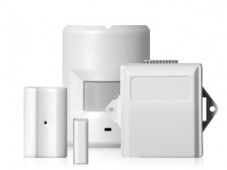
Vacancy detectors save energy by turning off lights when areas are vacant. Occupancy sensors add convenience by turning lights on when the device senses human presence. These devices can range from a simple passive infrared detector built into a light switch to a networked detector that controls lighting and also contributes to an integrated building automation strategy.

Dimming can maximize the energy savings of lighting control strategies by dropping light levels to their most effective level. Fluorescent lighting, while efficient, typically does not respond well to dimming. New LED technology offers enhanced 0-10v dimming that not only saves energy but can improve the comfort of a space by bringing lighting to the level that best suits the use of the room.
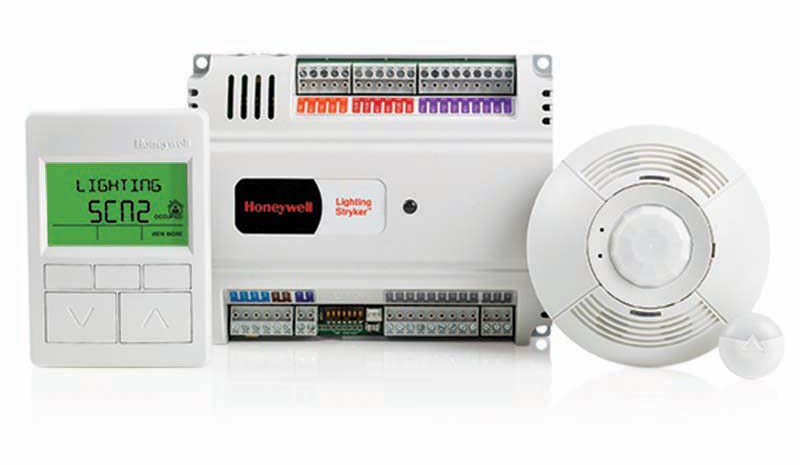
Utilizing dimming technology, or on/off switching, daylight harvesting saves energy by reducing light levels where there is enough ambient light through windows, skylights or other sources. Photo sensors for daylight harvesting can be a data point in an integrated lighting control network or work with a standalone system.
To cut peak demand and reduce stress on the electric power grid, many utilities offer load shedding or demand response programs in exchange for incentives or lower energy costs. Networked lighting control systems can take advantage of these programs by temporarily reducing light levels in response to a signal from the utility.
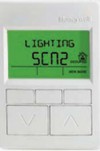
Pre-set lighting scenes allow the occupants of a space to match lighting levels to changing needs during the workday. Lighting scenes may include turning off lights in the front of a classroom for a film, raising light levels for detailed tasks, dimming lights to create a mood, or turning off half the lights to reduce energy use.

An open, non-proprietary Lighting Controls network allows Lighting, HVAC and Security systems to share occupancy signals across building control systems and enables off site monitoring, control and optimization for ongoing energy efficiency.
Engineered Controls can integrating lighting control technology with our WEBs building automation systems for ease of installation and operational savings to our customers.
To learn more about how our Lighting Control systems can improve your business, contact your local Engineered Controls office today.
Our Lighting Control Partnership
![]()
Honeywell Environmental & Energy Solutions – Engineered Controls is an independent Control Integrator contractor that has the full factory support and training from Honeywell International. ECI has access to all of Honeywell’s residential, commercial, building automation, lighting security products.





